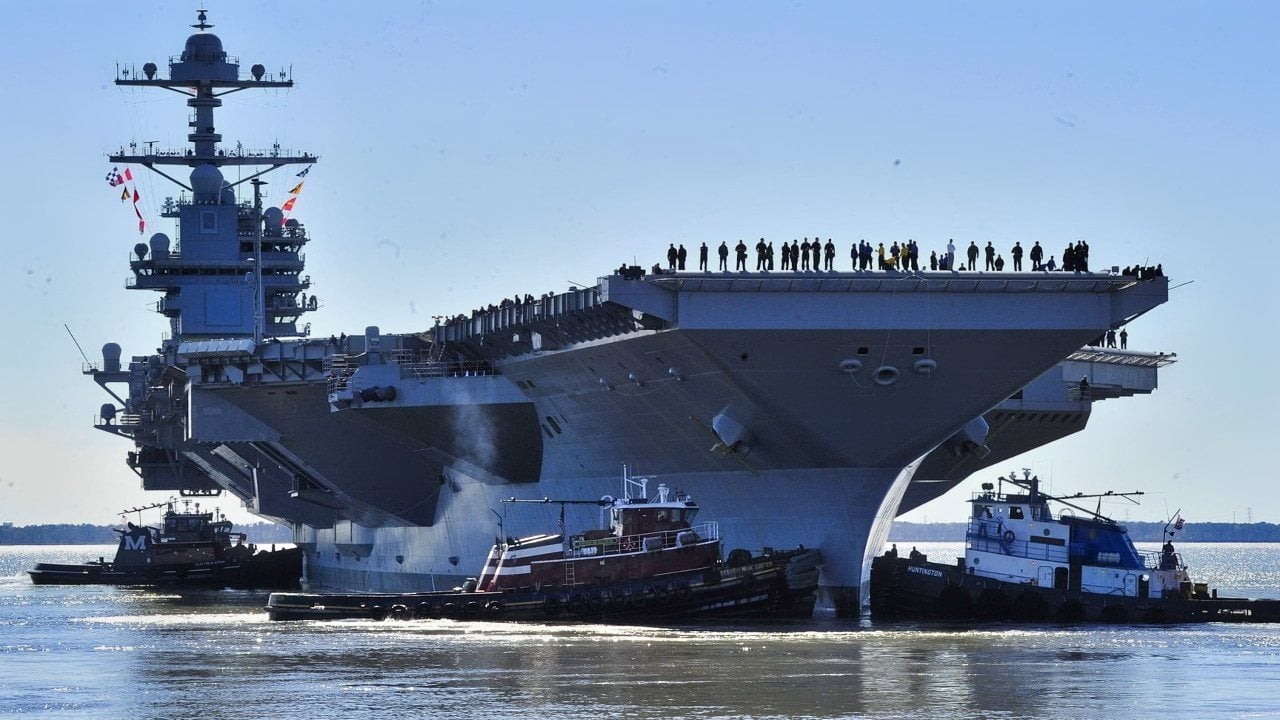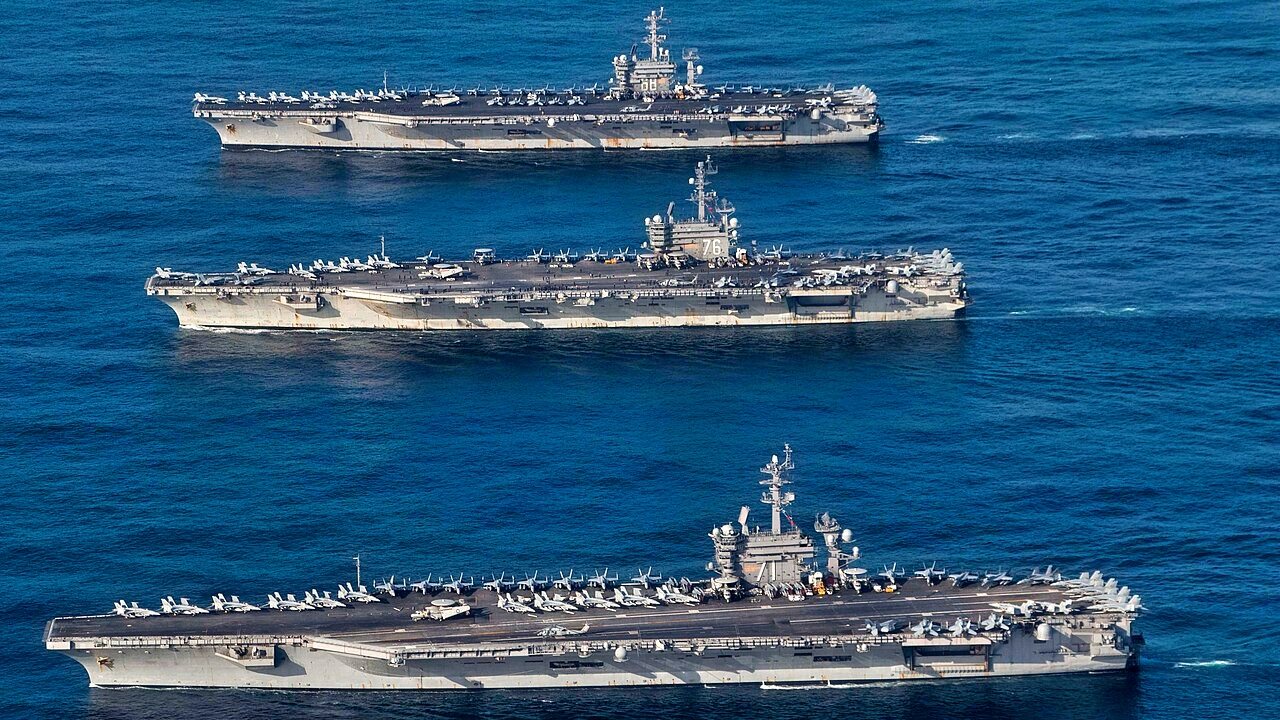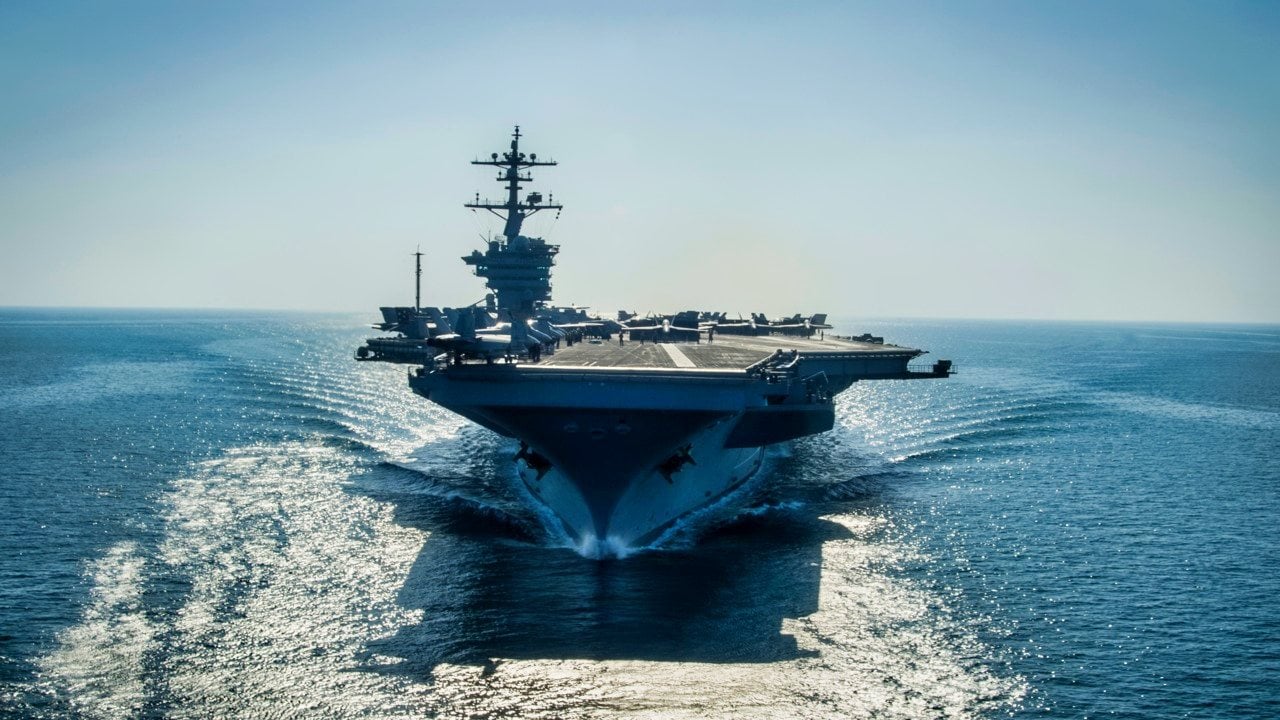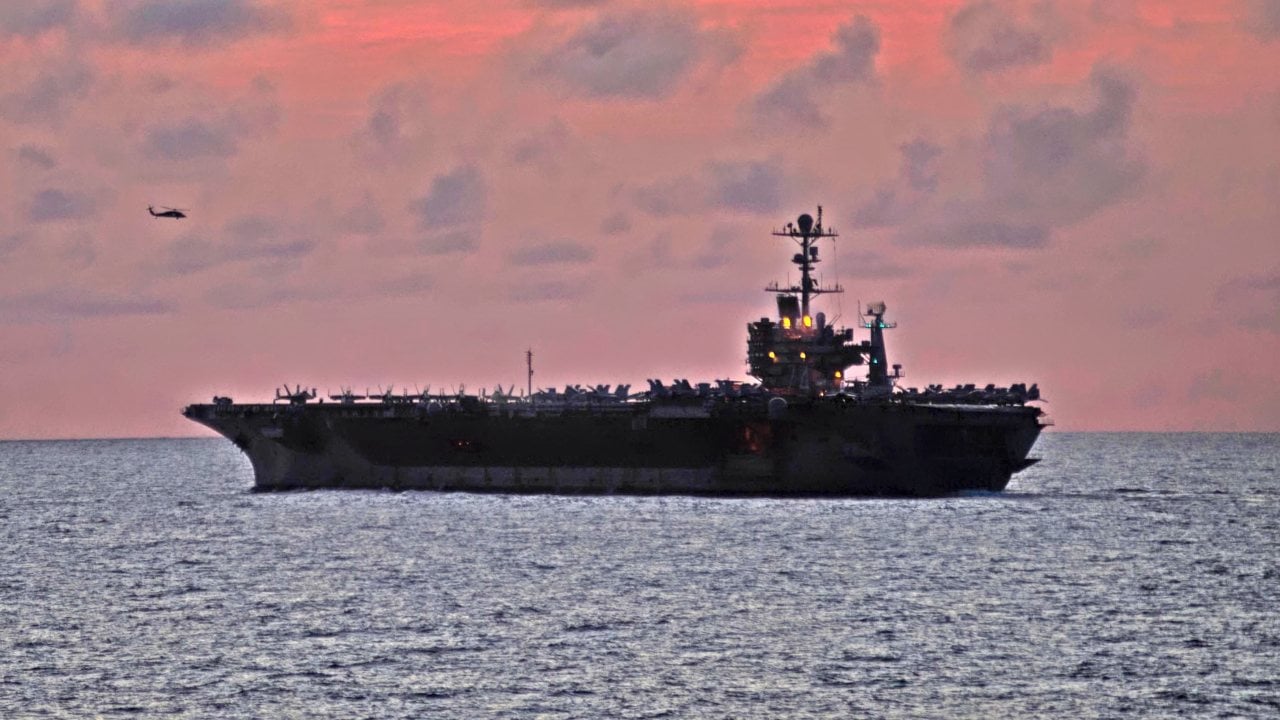Aircraft Carriers Are Floating Coffins: The Navy Needs Diesel Attack Submarines
Diesel-powered submarines would be an excellent way to ensure that the U.S. Navy’s submarine force remains lethal, even in the age of complex A2/AD.
Summary: The U.S. Navy faces strategic and budgetary challenges, with increasing pressure to rethink its current reliance on costly, high-tech systems like nuclear-powered submarines and aircraft carriers, which are vulnerable to anti-access/area denial (A2/AD) strategies employed by potential adversaries like China. Some experts now want to see diesel submarines join the U.S. Navy.

-There is a growing call for the Navy to adopt a more cost-effective approach by incorporating diesel-powered submarines into its fleet. These submarines are less expensive and could be produced more quickly by American shipyards, offering a practical supplement to the existing nuclear fleet.
-This strategy would not only align with historical precedents of mixed fleets but also enhance the Navy's capability to maintain sea control in contested regions without straining the budget.
Rethinking Naval Power: The Case for Diesel Submarines in the U.S. Navy
The United States Navy, like the rest of the US military, is living a strange existence. It is used to being lavished upon by the elected leaders of the country. The Navy is also used to enjoying a great reputation among ordinary Americans.
Today, sadly, both assumptions are being challenged.
Yet, the Pentagon’s leadership, despite being acutely aware of the country’s increasing budgetary—and overall financial crisis—as well as the growing unpopularity of the US Armed Forces among ordinary citizens, continues to waste vast sums of tax dollars on systems that are far costlier than they are worth.

What’s needed, therefore, is a Navy that has a sound strategy of sea control (which is a complicated way of saying we want our Navy with freedom on the High Seas) married to a procurement system that respects the concerns of ordinary taxpayers—while delivering capabilities that will allow for the US military achieve something it has not done since 1991: victory.
That's where diesel submarines could come into play.
Aircraft Carriers Aren’t Enough
The Navy and the lawmakers in Washington who fund the branch, continues building big, beautiful aircraft carriers. These systems are modern technological marvels. Yet, they are today easily tracked and could be easily damaged or sunk by relatively cheap enemy anti-access/area denial (A2/AD) systems.
China plans to sink at least two US flat tops at the start of any conflict using their sophisticated arsenal of A2/AD weapons. Similarly, most surface warships can be destroyed—or at least held hostage—by A2/AD systems. Thus, a significant portion of the Navy’s current power projection capabilities will be stunted by an A2/AD-wielding rival at the start of any possible conflict.
Submarines, on the other hand, will become increasingly important.
America Cannot Rely Only on Nuclear-Powered Submarines
The only problem is that, like everything today, the submarines the Americans build are onerously expensive. What’s more, America’s dying shipyards cannot easily produce these expensive, complex systems in any meaningful timeline. Rather than repeating the same unsustainable the Americans have been doing for decades, hoping for different results, and being left with real strategic weaknesses as a result, the time has come for America to learn from its enemies.

America’s greatest rivals—China and Russia, for example—have advanced technological capabilities.
Unlike America, these rivals refuse to become indoctrinated in the cult of high technology. Yes, they are developing their own technological systems. Although, they are not choosing to spend gobs of money on a handful of complex systems when they could easily build many simpler systems, in greater numbers to combat America’s military. This explains why China, America’s greatest strategic foe today, happily builds fleets of diesel-powered submarines rather than focusing only on building expensive nuclear-powered submarines.
And while countries, such as China, spend more on their defense than they admit to, no country spends anywhere near as much on their military as does the United States. Despite this, the US military finds itself up against a strategic wall, thanks to the more innovative and cost-effective strategies of upstart rivals, such as China.
Learn from Your Enemies: Build Diesel Subs
China has married obtainable strategic ends-ways-means to their weapons platforms. A diesel-powered submarine may not be as fancy as a nuclear-powered one. Yet, for China’s purposes—achieving regional dominance while denying the Americans access to the Indo-Pacific—a fleet of cheap, low-tech diesel submarines are more useful to them. Conflict with China will not take place close to America’s shores. Such a war will be fought closer to China’s.
Therefore, the diesel subs are a natural system for China.
At the same time, however, the United States pioneered the use of diesel submarines across vast distances in the Second World War. What’s more, multiple countries operate international navies in which diesel submarines are their primary—in some cases, only—submarine platform.
It’s about the strategy. US shipyards would probably be able to mass produce enough diesel attack submarines that could easily augment the existing US Navy fleet of nuclear-powered submarines.
We’ve Had Mixed Fleets Before
A mixed conventional and nuclear-powered fleet is not new for the US Navy.
In the 1950s and early 60s, the Navy operated a mixed carrier force. Back then, the Navy was transitioning to all nuclear-powered carrier fleet. There were Forrestal-class supercarriers, Kitty Hawk-class, as well as the nuclear-powered Enterprise-class.

It was a long, slow road from a non-nuclear carrier fleet to a nuclearized one. Yet, few at the time would have said honestly that the martial potency of this mixed force was lacking.
Similarly, the US military needs to completely reassess the way it is building weapons platforms. It also needs to stop obsessing about winning hypothetical wars in the future and focus on the crisis here-and-now. Designing and deploying cheaper, easier-to-replace systems that can still carry out the Navy’s global mission of sea control is key.
Diesel-powered submarines would be an excellent way to ensure that the Navy’s submarine force remains lethal, even in the age of complex A2/AD.
About the Author
Brandon J. Weichert, a National Interest national security analyst, is a former Congressional staffer and geopolitical analyst who is a contributor at The Washington Times, the Asia Times, and The-Pipeline. He is the author of Winning Space: How America Remains a Superpower, Biohacked: China’s Race to Control Life, and The Shadow War: Iran’s Quest for Supremacy. His next book, A Disaster of Our Own Making: How the West Lost Ukraine, is due October 22 from Encounter Books. Weichert can be followed via Twitter @WeTheBrandon.


